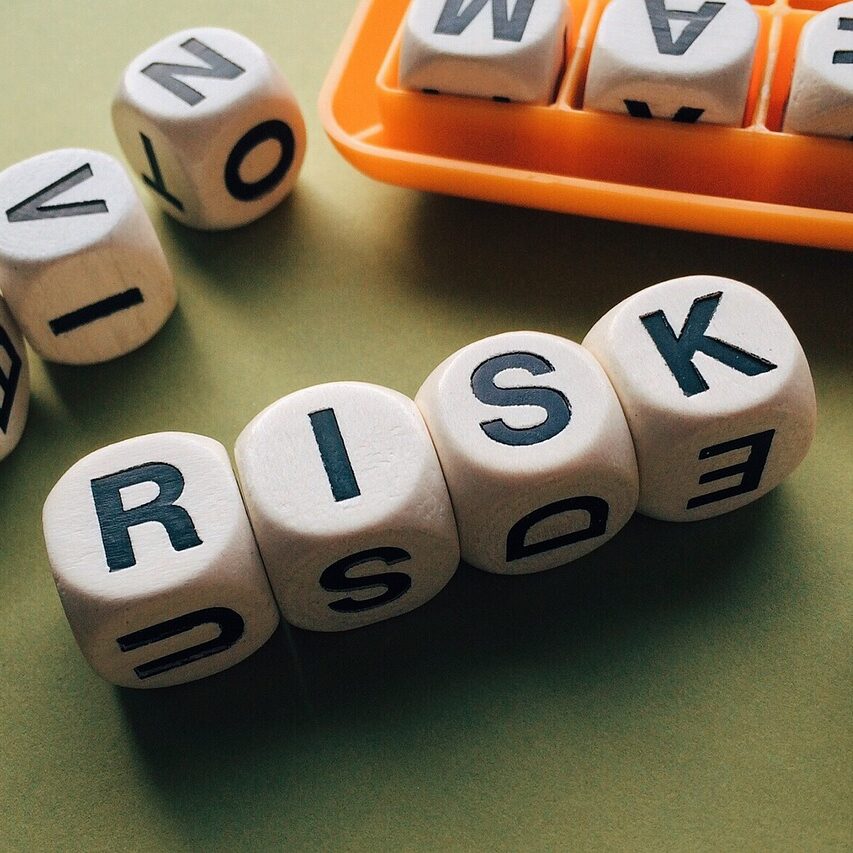Global mass gathering events and deaths due to crowd surge, stampedes, crush and physical
injuries – Lessons from the Seoul Halloween and other disasters
Sharma, A., McCloskey, B., Hui, D.S., Rambia, A., Zumla, A., Traore, T., Shafi, S., El-Kafrawy, S.A., Azhar, E.I., Zumla, A. and Rodrigues-Morales, A.J., 2023. Travel medicine and infectious disease, 52.
On October 29, 2022, a celebration night for Halloween in Seoul, South Korea, tens of thousands of revellers dressed in costumes crowded into the Itaewon district for the first unrestricted Halloween festivities since over two years of COVID-19 lockdowns. The large cumulative numbers of partygoers assembling in narrow streets with constrained access and exit points created a lethal combination. Videos taken over that night show people were trapped, crushed and unable to move or breathe, exacerbating panic that rapidly spiralled out of control. That resulted in one of the worst stampede disasters in South Korea, which
caused 156 deaths and crush injuries in 170 [1]. Twenty-six of the deceased were from 14 countries, including the U.S.A, France, Thailand and Japan. Whilst the specific underlying factors leading to this tragedy is being determined; initial reports point towards inadequacies in pre and during-event planning, risk assessment, anticipated hazards, police response, and absence of effective rapid emergency response mechanisms, crowd management strategies and non-structural risk reduction measures. Whilst overcrowding, crowd surges due to unexpected events and stampede-associated crush injuries and deaths are well recognised as one of the most major non-communicable public health hazards at mass gathering events (Table 1), the South Korean Halloween night tragedy highlights that the current knowledge and understanding of
these disasters is inadequate.







Comments are closed